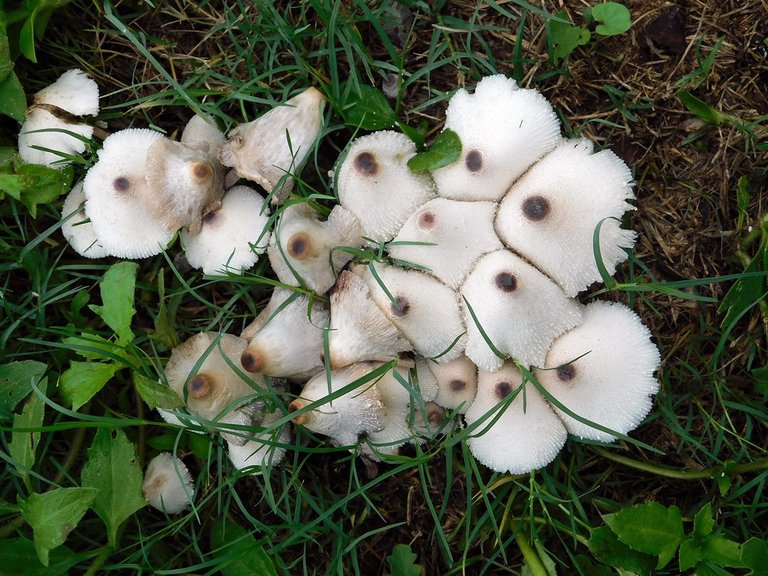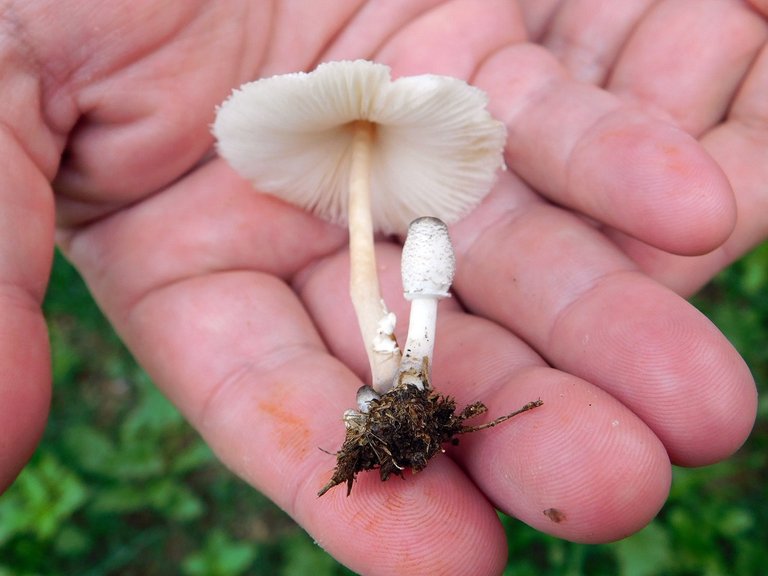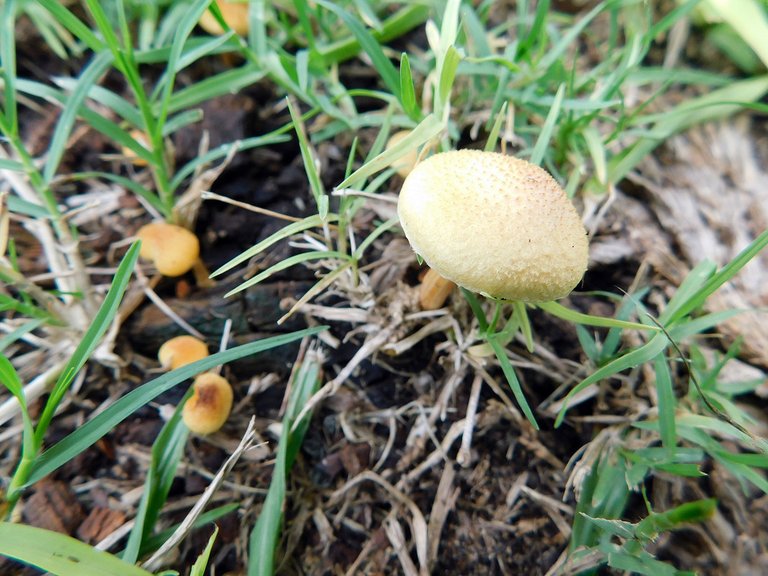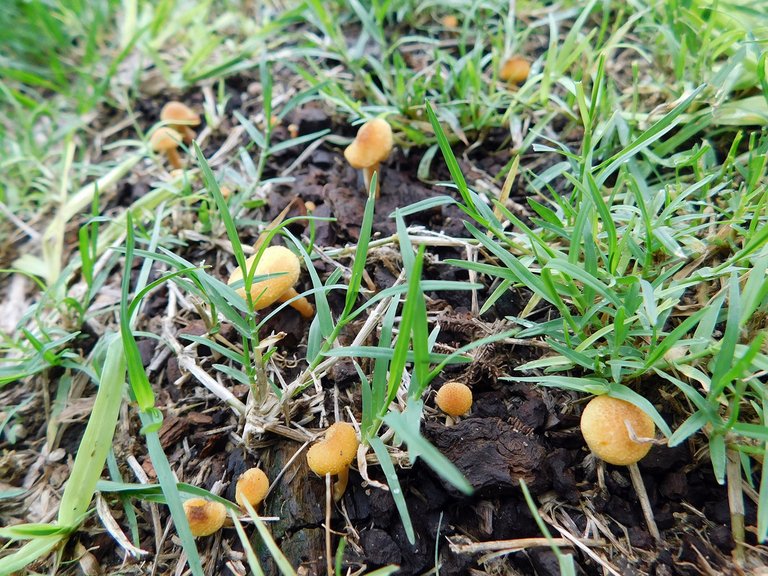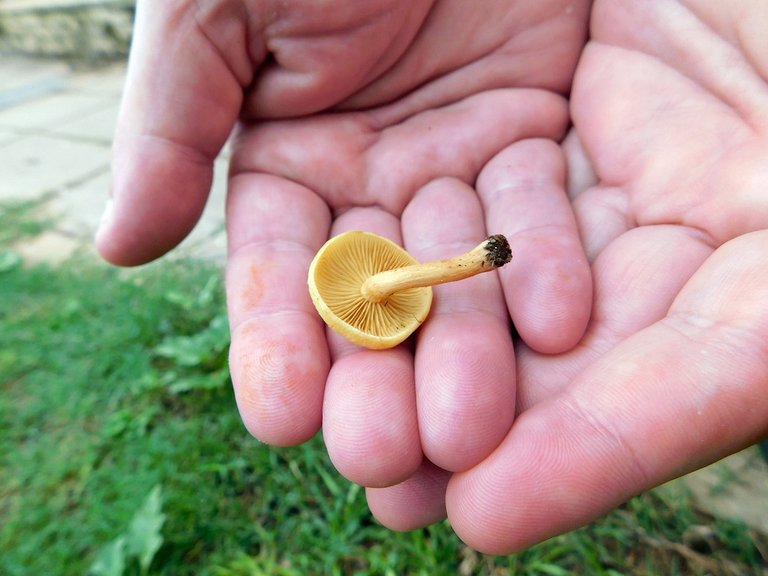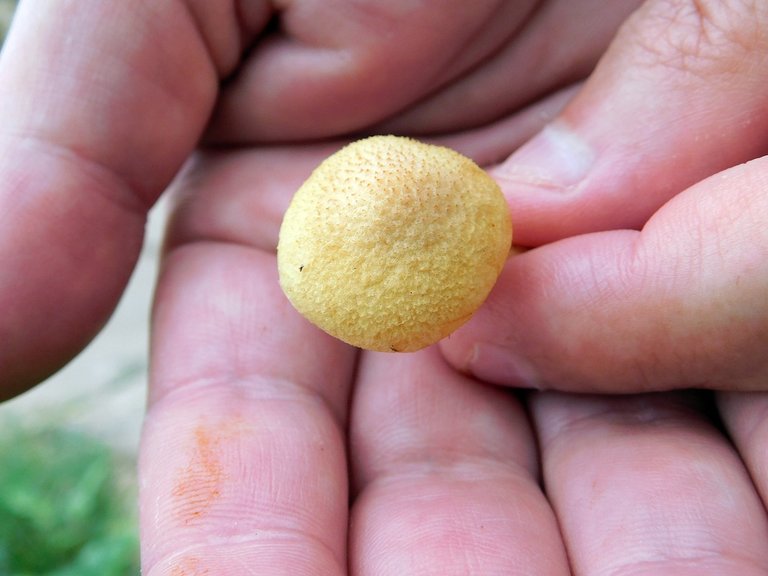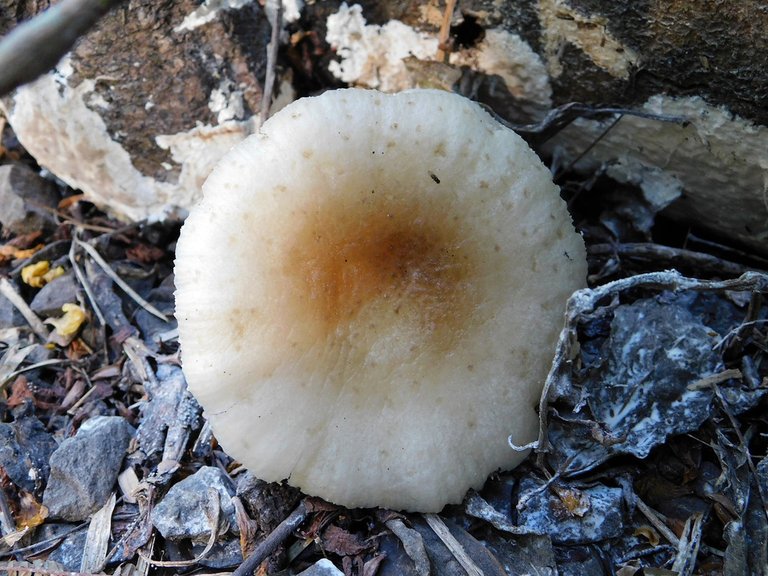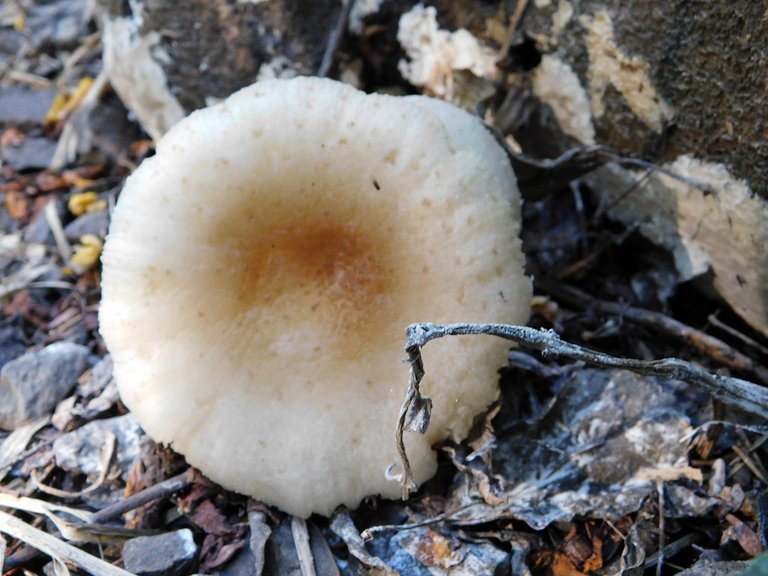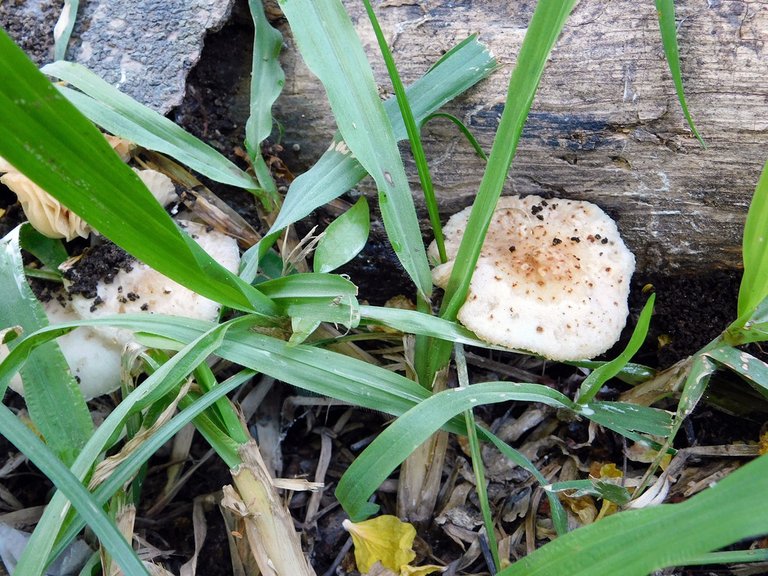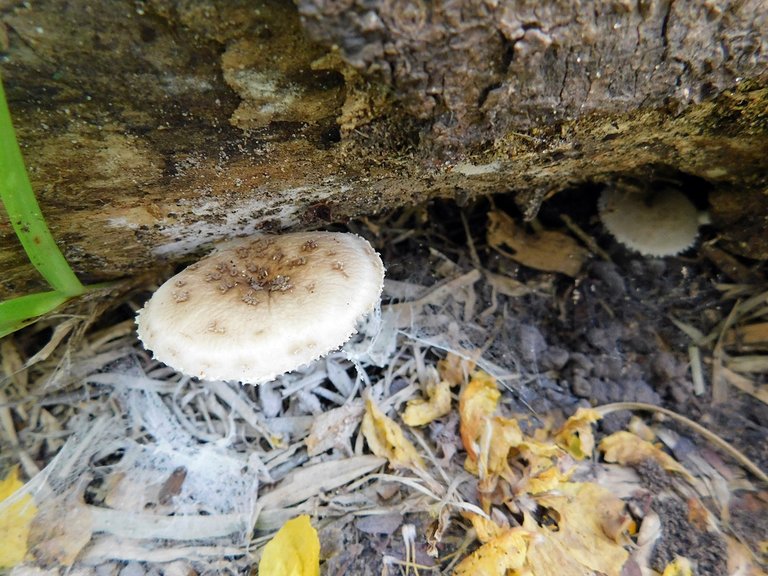Como están mis amigos de esta maravillosa
¨FungiFridayCommunity¨: Que alegría volver a encontrarnos nuevamente aquí, para acompañar la invitación que nos hace cada semana nuestro amigo
@ewkaw a que participemos a través de nuestras fotografías de hongos en este maravilloso
¨FungiFridayContest¨: Lo que más me atrae de participar en esta maravillosa iniciativa es la oportunidad de aprender y conocer

Source: Family Álbum
How are my friends from this wonderful
¨FungiFridayCommunity¨: What a joy to meet you again here, to accompany the invitation that our friend
@ewkaw makes us every week to participate through our photographs of mushrooms in this wonderful
¨FungiFridayContest¨: What attracts me most to participate in this wonderful initiative is the opportunity to learn and get to know the beautiful species that exist in other parts of the world
Esta ha sido otra genial semana para salir a buscar hongos, después de los días fríos que estaba haciendo , ahora el clima es un poco más agradable y pudimos dar con tres hermosas especies de hongos que no lo vemos con tanta frecuencia como nos gustarías, la primera especie que hallamos se trata de una muy conocida, el
¨Coprinus¨ ¨atramentarius¨: Como ven su ¨sombrero¨ es muy peculiar y hermoso, sus ¨branquias¨ son bien definas y limpias. Es genial haber dado con esta gran colonia y maravilloso poder compartir con ustedes
Source: Family Álbum
This has been another great week to go out and look for mushrooms, after the cold days we had, now the weather is a little nicer and we were able to find three beautiful species of mushrooms that we don't see as often as we would like, the first species we found is a well-known one, the
¨Coprinus¨ ¨atramentarius¨: As you can see, its ¨hat¨ is very peculiar and beautiful, its ¨gills¨ are very defined and clean. It's great to have found this great colony and wonderful to be able to share it with you
Al dar con la segunda especie que encontramos en el predio no se imaginan la alegría que me causo, ya que es otra de esas especies que no se ven tan seguido en la ciudad- Se trata de un género de hongos conocido con el nombre de
¨Gymnopilus¨: si bien hemos visto anteriormente este género de no, no así a la especie que lo identifica
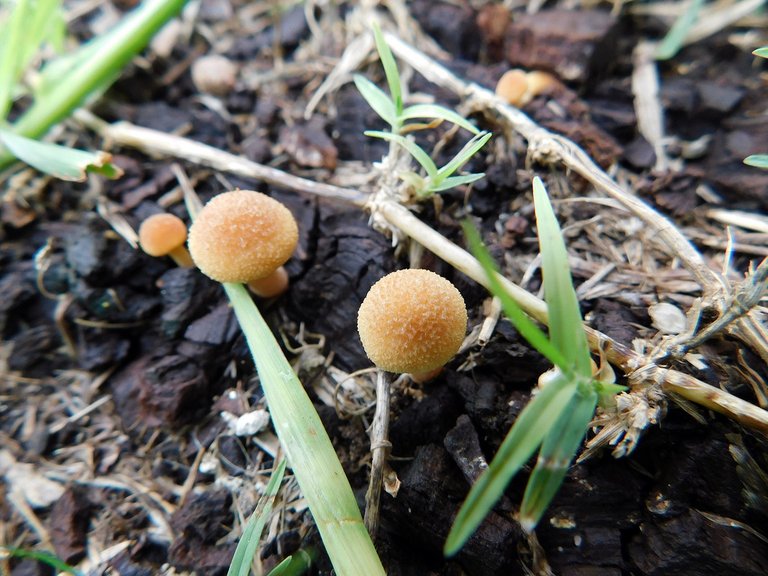
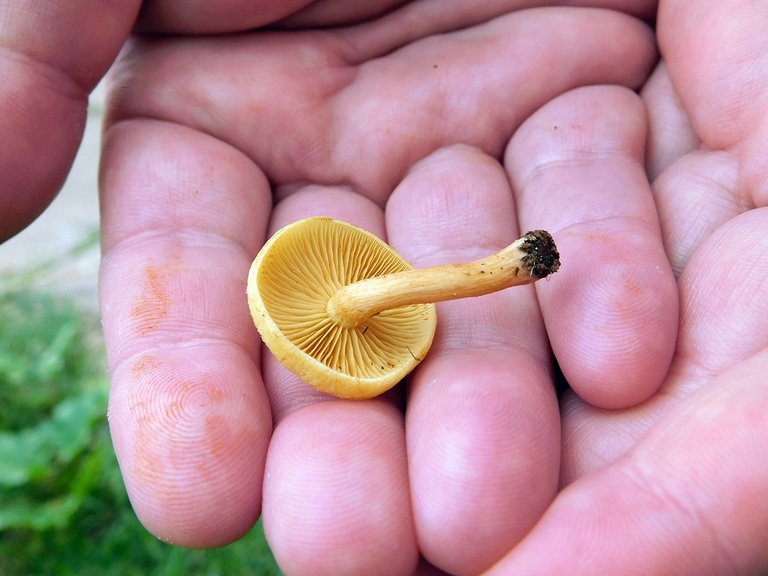
Source: Family Álbum
When we found the second species that we found on the property, you can't imagine the joy it caused me, since it is another of those species that are not seen so often in the city. It is a genus of fungi known by the name of
¨Gymnopilus¨: although we have seen this genus before, we have not seen the species that identifies it
Este género de hongos tiene una variedad muy amplia de especie, y por la forma y color del ¨sombrero¨ diría que se trata de una especie conocida como
¨Gymnopilus¨ ¨penetrans¨: Lo que me gusta de este hongo son sus ¨branquias¨, y el vivo color de sus ¨tallos¨, me llama mucho la atención su tamaño, si bien es un poco fino y delgado, va muy bien con el tamaño del ¨sombrero¨
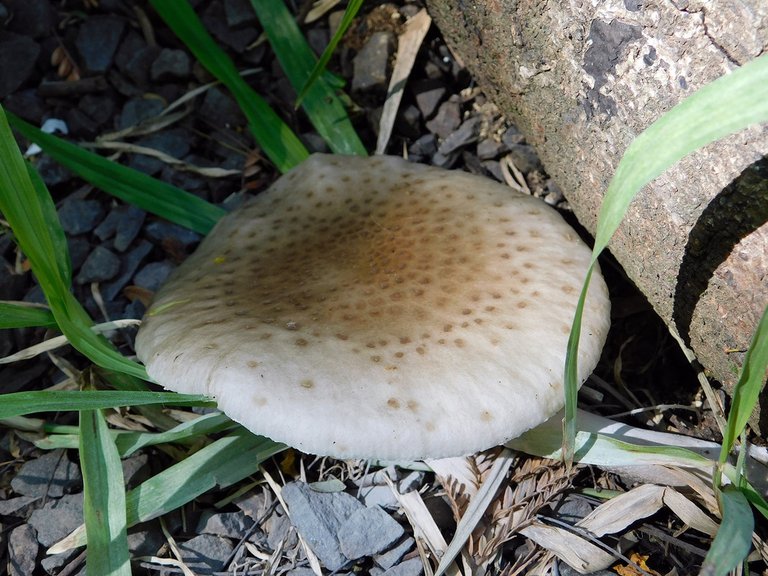
Source: Family Álbum
This genus of fungi has a very wide variety of species, and by the shape and color of the "hat" I would say that it is from a species known as
¨Gymnopilus¨ ¨penetrans¨: What I like about this mushroom are its ¨gills¨, and the bright color of its ¨stems¨, its size really catches my attention, although it is a little thin and fine, it goes very well with the size of the ¨hat¨
Finalmente dimos con este hongo que debe ser el más conocido, y con el que nos encontramos con más frecuencia, aunque la última vez que lo vimos ha sido hace más de dos meses. Se lo conoce con el nombre de
¨Neolentinus¨lepideus¨: es muy común verlos sobre troncos o ramas de árboles. Lo que me gusta es su apariencia y cada vez que los veo me invitan a llevarlos a casa para preparar una receta con ellos; tengo entendido que es comestible, pero hay que tener en cuanta donde se lo ha encontrado. Estas hermosas fotografías de las tres especies de hongos que hallamos las hicimos con una ¨nikoncoolpixb500¨.
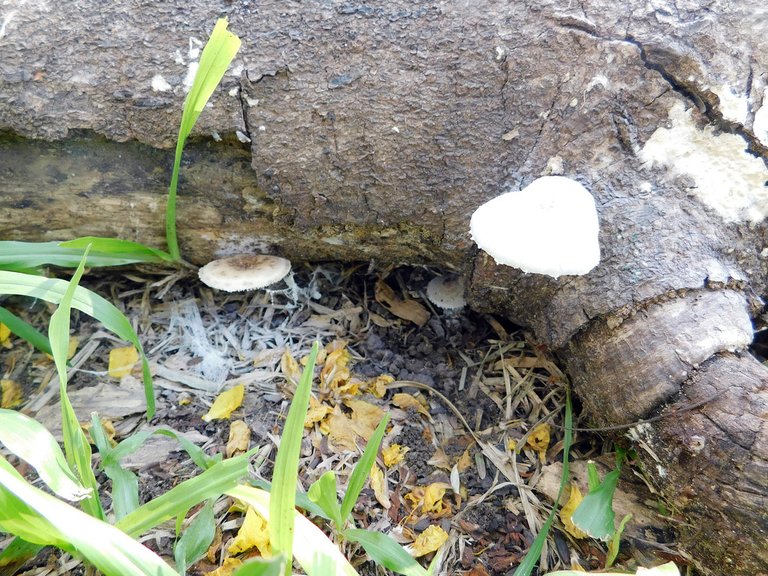
Source: Family Álbum
We finally found this mushroom, which must be the best known, and the one we encounter most frequently, although the last time we saw it was more than two months ago. It is known by the name of
¨Neolentinus¨lepideus¨: it is very common to see them on tree trunks or branches. What I like is their appearance and every time I see them I am invited to take them home to prepare a recipe with them; I understand that it is edible, but you have to take into account where it was found.

Source:

Source: vimeo-free-videos



